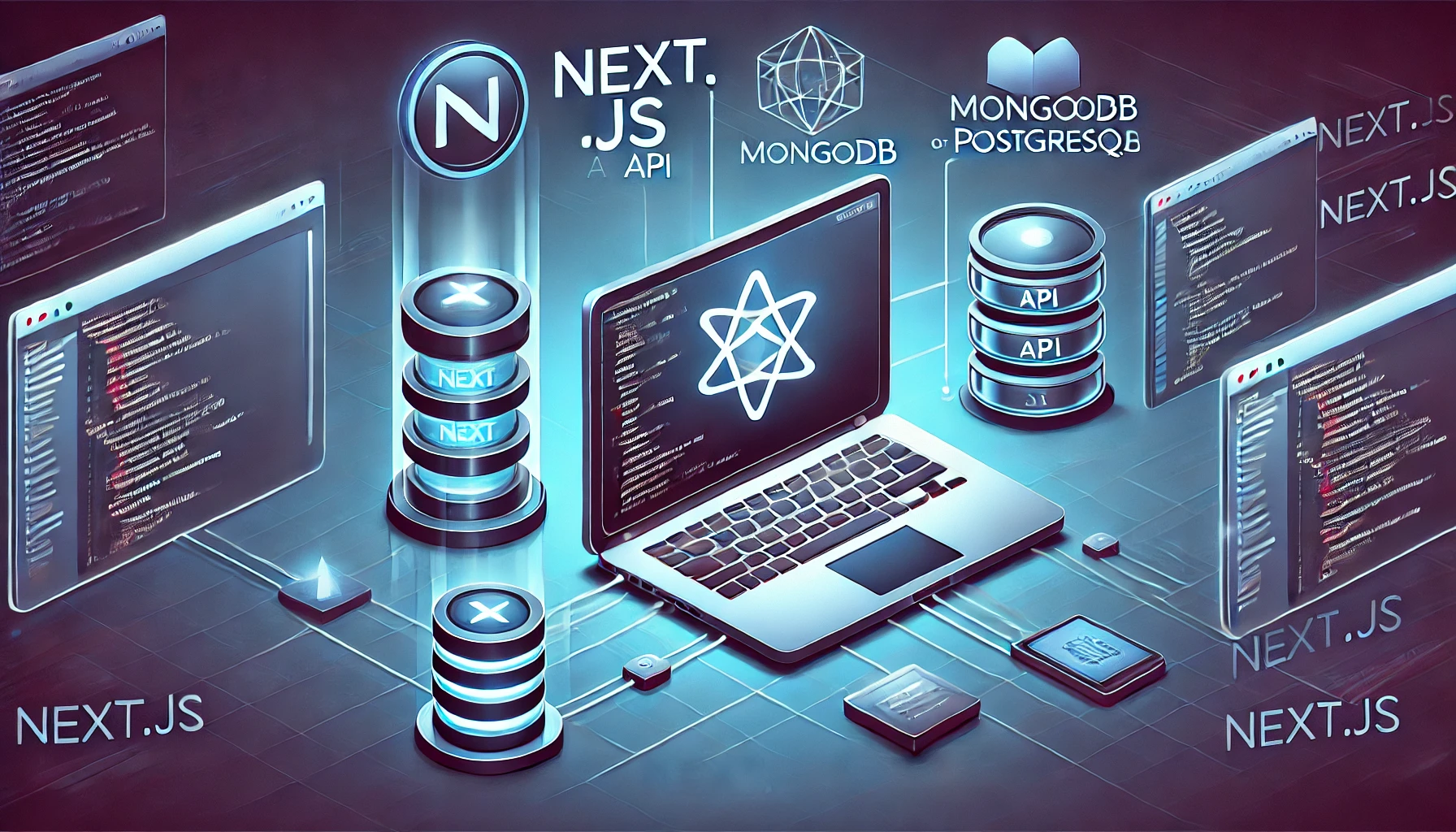The allure of becoming a full-stack developer, a master of both front-end and back-end, is undeniable. But a common question lingers: how long does it actually take to reach that coveted title? Unfortunately, there’s no magic number. The journey is highly individual and depends on several factors. Let’s break down the realistic timeline and what influences it.
The Short Answer: It’s a Marathon, Not a Sprint
While some bootcamps promise full-stack proficiency in a few months, true mastery takes time and consistent effort. Expect anywhere from 1 to 3 years of dedicated learning and practice to become a competent full-stack developer.
Factors Influencing Your Timeline:
- Prior Experience:
- If you have existing programming experience, particularly in JavaScript or server-side languages, you’ll have a head start.
- Understanding fundamental concepts like data structures, algorithms, and database principles accelerates the learning process.
- Learning Pace and Dedication:
- How much time can you dedicate to learning each day or week?
- Are you a quick learner or do you need more time to grasp concepts?
- Consistency is key. Regular, focused study trumps sporadic bursts of effort.
- Learning Resources and Approach:
- Self-taught learning requires discipline and curated resources.
- Bootcamps offer structured learning but can be intense.
- University degrees provide a comprehensive foundation but take longer.
- The quality of the resources being utilized also plays a large role.
- Scope of “Full-Stack”:
- Full-stack is a broad term. Are you aiming for basic proficiency or deep expertise in specific technologies?
- The more technologies you want to master, the longer the journey.
- For example, someone who wants to learn the MERN stack will have a different timeline than someone learning a python based backend with a vanilla javascript frontend.
- Project-Based Learning:
- Hands-on experience through building projects is crucial.
- The more projects you build, the faster you’ll learn.
- Learning by doing allows for the application of learned concepts, and helps cement the knowledge.
- Continuous Learning:
- The tech landscape is constantly evolving. Full-stack developers must be lifelong learners.
- Staying updated with new technologies and best practices is an ongoing process.
A Realistic Timeline Breakdown (Example):
- 0-6 Months: Foundations:
- Master HTML, CSS, and JavaScript fundamentals.
- Learn basic server-side concepts (e.g., Node.js, Python).
- Familiarize yourself with databases (e.g., SQL, NoSQL).
- Build simple projects to apply your knowledge.
- 6-18 Months: Front-End and Back-End Specialization:
- Dive deeper into a front-end framework (e.g., React, Angular, Vue.js).
- Develop proficiency in a back-end framework (e.g., Express.js, Django, Ruby on Rails).
- Learn API development and integration.
- Build more complex projects, including full-stack applications.
- 18-36 Months: Advanced Concepts and Refinement:
- Explore advanced topics like state management, testing, and deployment.
- Gain experience with cloud platforms (e.g., AWS, Azure, Google Cloud).
- Contribute to open-source projects or build complex personal projects.
- Focus on performance optimization, security, and scalability.
Key Takeaways:
- Focus on building a strong foundation in core technologies.
- Embrace project-based learning.
- Be patient and persistent.
- Never stop learning.
- Don’t be afraid to ask for help, and participate in online communities.
Becoming a full-stack developer is a rewarding journey. While the timeline varies, the key is to stay dedicated, embrace challenges, and continuously expand your skillset. The rewards of creating impactful web applications are well worth the effort.
At 7Shades Digital, we specialised in creating strategies that help businesses excel in the digital world. If you’re ready to take your website to the next level, contact us today!





